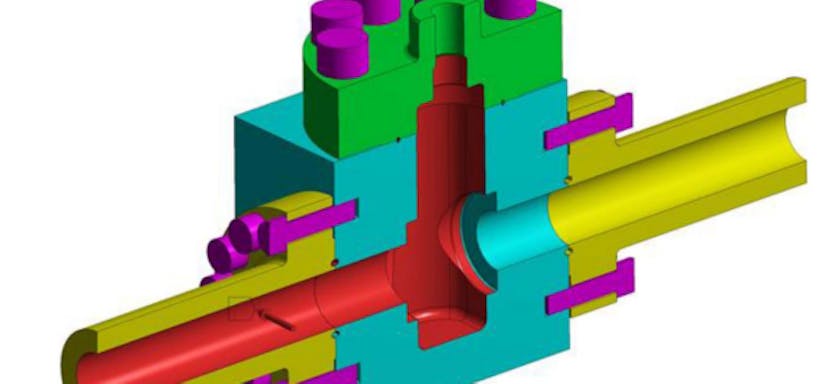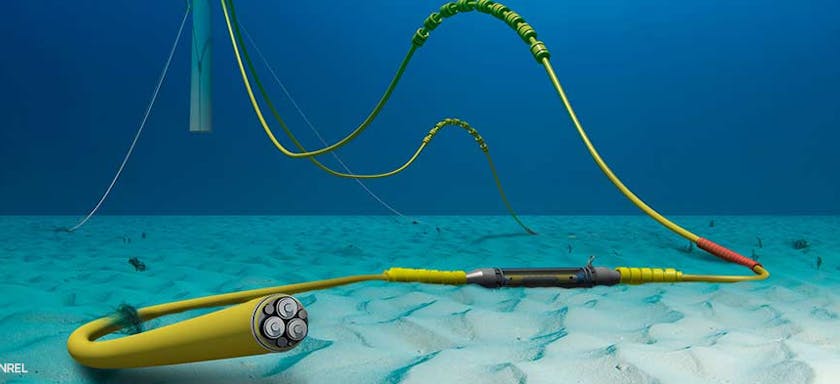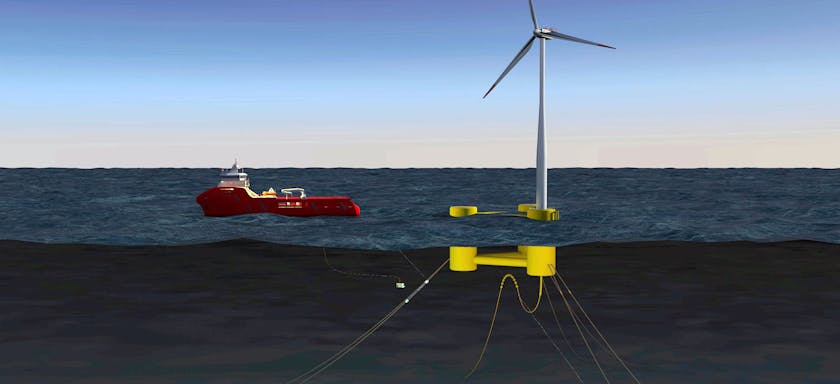Comparison of Wellhead Fatigue Methods Using Acoustic and Standalone Monitoring Data for HPHT
EVENT: OTC
3 May 2023
In-situ wellhead structural monitoring is used for one of the industry’s first deep water high-pressure high-temperature (HPHT) development projects in the Gulf of Mexico to confirm the integrity of the wellhead system during drilling operations. As part of the monitoring program, the field measurements are collected using acoustic and standalone monitoring systems. In this paper, wellhead fatigue accumulations determined based on different motion sensors, data acquisition systems, and data analysis methods are compared.
For the HPHT well drilling period, the subsea stack motions (i.e., LMRP/BOP accelerations) are measured and transferred to the top side in power spectral density (PSD) format via acoustic data communication system. At the same time, the stack motions (accelerations and angular rates) are also measured using another set of standalone motion sensors. Acoustic data transmission provides near real-time feedback to drilling operations while standalone motion sensors store motion measurements locally for future data processing once the instrumentation is retrieved. Wellhead stress transfer functions, which correlate BOP/LMRP motions with stresses at the fatigue hot spots, are developed for both standalone and acoustic sensors using a finite element model of the as-built riser/wellhead system. Next, field data obtained from these different sources (acoustic and standalone sensors) along with fundamentally different analysis methods are used to calculate wellhead fatigue.
Each monitoring method exhibits benefits and limitations depending on the characteristics of the measured wellhead response and monitoring objectives. It is shown that the fatigue results determined based on these monitoring methods can be different if the most appropriate monitoring configuration is not selected.
In literature, there are several previous studies presenting wellhead fatigue calculations based on monitoring data. However, these studies discuss either acoustic or standalone sensor data analyses. This paper provides the combined assessment of acoustic and standalone monitoring approaches for the same monitoring period and compares fundamentally different data analyses methods for HPHT applications.
The advantages and disadvantages of each approach are evaluated, and recommendations are provided for when each method should be considered.
Authors

Bulent Mercan
Technical Advisor - Integrity Monitoring

About
Bulent is a technical advisor based in 2H’s Houston office where he is responsible for the development, management, and growth of integrity monitoring programs for subsea structural systems in the oil, gas and renewable sectors. Bulent has held numerous project management and technical leadership roles on a variety of projects like Measurement-based Wellhead Fatigue JIP, integrity monitoring (including drilling risers, wellheads, SCRs, TTRs, subsea jumpers), the structural and thermal assessment of power cables, and the analysis of seawater intake risers as part of decarbonization strategies. Bulent is a registered Professional Engineer in Texas and holds a Ph.D. in structural engineering from the University of Minnesota.
Insights

Mike Campbell
Global Director, USA

Mike Campbell
Global Director, USA
About
Mike is a Global Director and vice president of 2H’s Houston office, where he is responsible for the management of the engineering group. Mike has over 22 years of experience dedicated to riser engineering, ranging from conceptual design and feasibility to detailed design, installation, monitoring and operational integrity management for all types of riser systems and subsea equipment. He has authored numerous technical publications including fatigue analysis methods and the use of field measurements to benchmark and improve design tools. Mike is a graduate of the University of Sheffield, UK, and has a bachelor’s degree in mathematics and physics.
Wangming Lu
Chevron
Thomas Chase
Chevron











